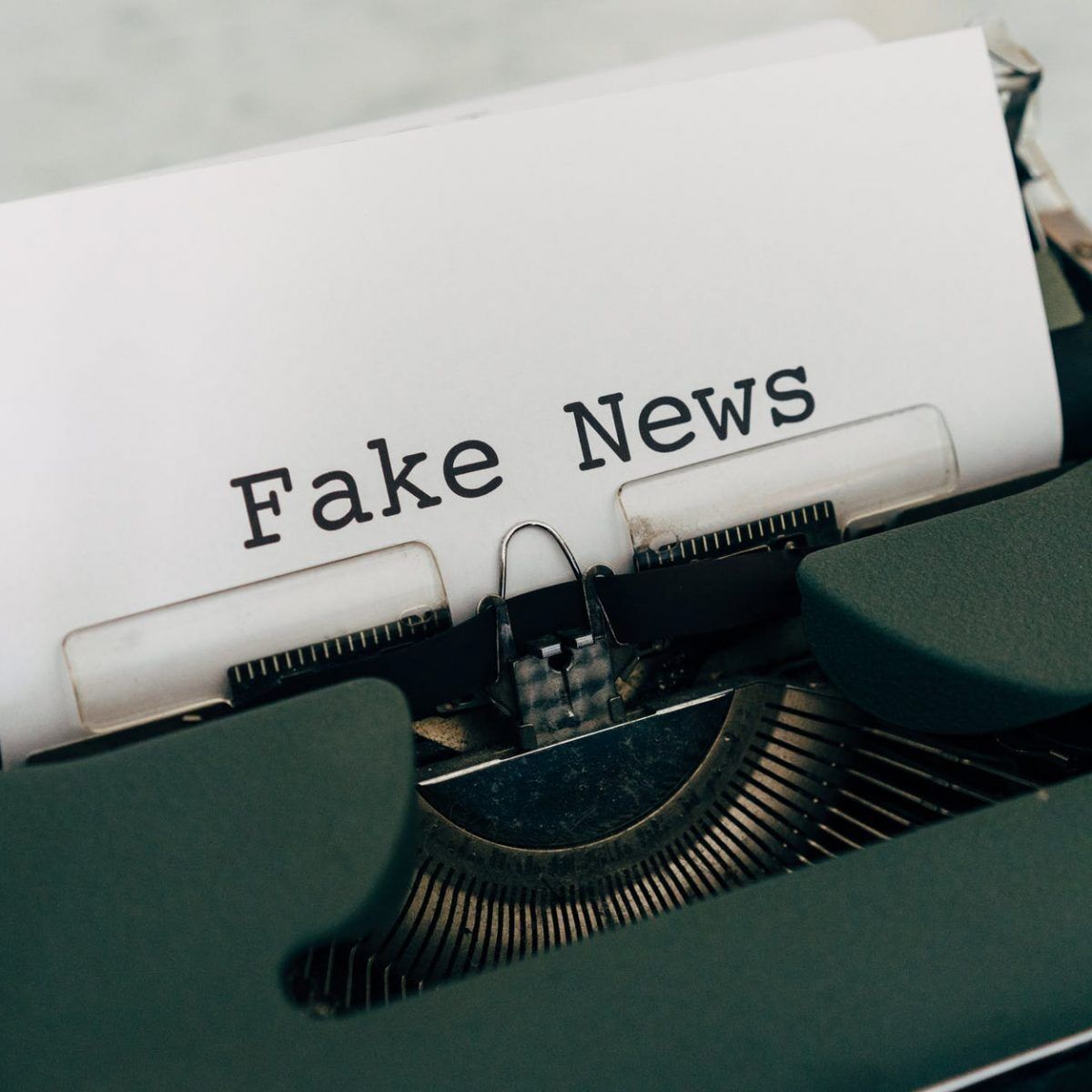No products in the cart.
How To Spot Fake News
Essentially, news is classified as valuable and factual information about a recent or significant event. Its main objective is to provide readers or viewers with essential updates and coverage of what’s happening in the world or a specific issue. News can cover various topics, from current affairs to business and economics to government to entertainment, among others.
An Overview Of News Media
There are various ways news can be delivered to the general public. It can be in the form of broadcasting through television and radio. It could also be through printed media using magazines and newspapers or the Internet with the help of articles and blogs posted on online news sites such as Canada news. Regardless of the medium, journalists and reporters conduct thorough research on an event or news topic to be able to give factual and real-time updates to people.
However, there may be instances wherein the saying ‘not everything you hear is true’ is applicable. After all, despite the advancement and convenience of the Internet, the risk of coming across misleading or fake news also rises.
What Is Fake News?
Fake news is false information delivered and presented as news. This type of content usually gives inaccurate and misleading facts that could create confusion and instill false beliefs among audiences.
One can identify fake news under different types like:
- Imitation: The intention may not be to mislead others only to entertain, but imitation content can fool viewers who lack news literacy or who may take it seriously. A common example of this type is a satire that uses comedy to mock current issues and institutional views, especially on religion and politics.
- Misleading Content/ Propaganda: This type generally distorts authentic content to encourage biased insights and mislead audiences by showing filtered facts. Such fake news tends to appeal to the emotions of people, which often makes it effective in spreading misinformation. Also, here, the content generally mixes facts with unreliable sources, but it appears to support the content overall
- Clickbait: This features catchy and promising yet misleading titles and headlines to attract more viewers even if they’re unrelated to the content. One example of clickbait is exaggerated titles on social media channels that aim to advertise a particular brand or product.
Spotting Fake News
Aside from being misleading, fake news isn’t beneficial in any way. For one, it can spread unnecessary worry or uncertainty to the general public. And more so, distorting facts to fit any biases can also affect how society thinks and acts.
To avoid falling victim to fake news and other misleading information, here are some tips worth noting:
- Check The Source Carefully
One of the simplest yet effective ways of discerning whether the news you’re reading is factual or not is by checking the news’s source. As mentioned earlier, there are various types of news media and platforms on how you can access information.
For instance, if you’re watching the news or tuning into the radio, you can check the credibility and reputation of the show or station. If there are instances of them that showed any biases in what they reported in the past, you can take it as a sign that they may not be as credible.
Or perhaps, you may be browsing your social media feed or surfing the internet and came across an article. You can click the link and verify whether the writer and the site are reliable sources of information. Suppose the other content featured on their website is mostly parodies. In that case, there’s no need to take the piece as credible news or information.
- Look For Other Sources Or References
Validating the credibility of your source is one thing, but your quest to discerning on whether what you received is fake news or not shouldn’t end there. You can take it up further by conducting research yourself.
While there may be a lot of fake news circling the internet, there are still credible ones left. Take your time in looking for other news articles or backup information to validate the claims of the news or information you received. However, as mentioned earlier, it’s critical to assess the credibility and authority of the sites you’ll be using as references before acknowledging them as reliable sources.
For example, suppose you come across news about updates on the pandemic. Instead of simply relying on that single source, check out another news post that talks about the same topic. That way, you can cross-check and validate the information offered by both news articles. You can then gain a better understanding of what’s true and what’s not.
- Check The Date The News Was Released
It’d be worth noting, too, that some news may be factual but perhaps outdated. Therefore, the information presented is no longer relevant or current. There may also be documents supporting the content that are no longer applicable due to recent discoveries.
An example of this is news about medical advancements. Considering that this is an industry that continuously evolves, what may have been factual years ago may not be as true or applicable at this time. And with that, always check the date or even the year when the news was posted.
Conclusion
Fake news is misleading information that can cause havoc to its audience. One needs to be discerning to determine which one to believe and which one to discard. By knowing the types of fake news and determining how to compare them with factual news, you’ll be able to avoid falling victim to false information.






